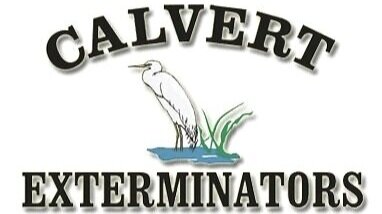Proactive Health Initiative means Less Pesticide
Proactive Health Initiative means less Pesticide
Traditional Mosquito treatment
Traditional Mosquito treatment
21st Century Mosquito Health Initiative
Mosquitoes and Diseases: A-Z
Viruses
Under a magnification of 83,900X, this digitally colorized transmission electron microscopic image shows salivary gland tissue extracted from a mosquito. The mosquito was infected with Eastern equine encephalitis virus.
Parasites
Over 200 types of mosquitoes live in the continental United States and US territories; of these 200, about 12 types spread germs that can make people sick. Other mosquitoes bother people and are considered nuisance mosquitoes. In general, nuisance mosquitoes do not spread germs. Because you can’t tell which mosquito could be spreading germs when it bites, it is important to protect yourself from mosquito bites.
Some Mosquitoes Spread Germs
Only some types of mosquitoes can spread germs (viruses and parasites) to people and animals. West Nile virus is one of the most common mosquito-borne diseases in the continental United States. Dengue, chikungunya, and Zika virus outbreaks have occurred in US states and territories, including Florida, Hawaii, Texas, Puerto Rico, the US Virgin Islands, and American Samoa.
Malaria was common in the United States into the 20th century. Most of the continental United States has Anopheles mosquitoes (particularly An. freeborni and An. quadrimaculatus), which can spread malaria. Local US mosquito-borne spread has resulted in more than 150 locally acquired cases and more than 60 limited outbreaks in the United States over the past 50 years. In addition, more than 2,000 cases of malaria are reported annually in the United States, with most cases occurring in returned travelers.
How mosquitoes get infected
For a mosquito to get infected with a germ and then spread that germ to people or animals is a complex process.
A mosquito takes a blood meal from a person or animal.
If the blood meal contains a germ, then the germ must pass from the mosquitoes’ gut into its body. Mosquitoes do not transmit all kinds of germs, only those that can grow or multiply in the body of the mosquito.
The germ multiplies in the body of the mosquito. Then the germ moves from the body into the salivary glands where saliva is made. This process takes 2-3 weeks.
The next time a mosquito bites a person or animal, the germ passes from the salivary glands into the blood of the person or animal being bitten.
The person or animal can get sick.
Ability of a mosquito to get infected with and spread a germ depends on:
The type of germ
Environmental conditions, like temperature
The amount of a germ eaten during a blood meal
The age of the mosquito
In the United States, the most common types of mosquitoes that can spread germs include:
Aedes species mosquitoes (Ae. aegypti)
Culex species mosquitoes (Cx. pipiens, Cx. tarsalis, Cx. quinquefasciatus)
Anopheles species mosquitoes (An. freeborni and An. quadrimaculatus)
Some Mosquitoes Are a Nuisance
Most types of mosquitoes in the United States are nuisance mosquitoes. These mosquitoes do not spread germs that make people sick.
Nuisance mosquitoes can become a problem immediately following heavy rains, or natural disasters, such as hurricanes or floods. When people spend time outside cleaning up after a hurricane or flood, they are more likely to be bitten by nuisance mosquitoes. Large numbers of nuisance mosquitoes can affect recovery efforts.





